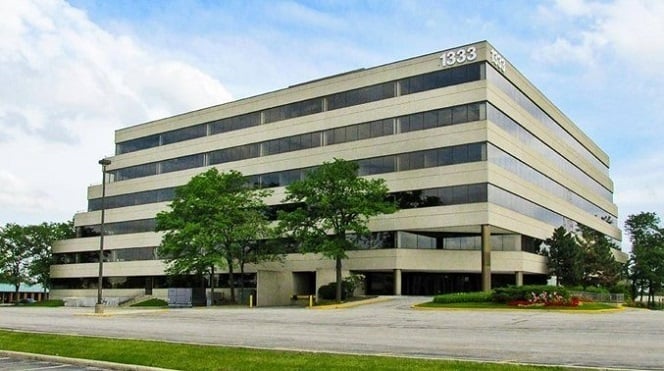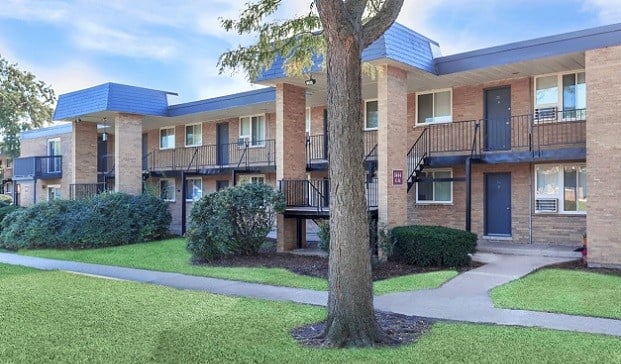SAN DIEGO—Be prepared for the impacts of heavy rainfall this winter by carefully inspecting your property and taking necessary precautions against leaks, flooding and roof tears, Lee & Associates' associate John Perrillo tells GlobeSt.com. With an exceptionally robust El Nino predicted to hit many markets, including San Diego, for the next several months, we spoke exclusively with Perrillo about what property owners should do to protect their real estate investments here.
GlobeSt.com: For the uninitiated, what is an El Nino winter, and what does it mean for the local area?
Perrillo: El Nino is usually marked by exceptionally warm waters along the equator, which has traditionally led to abundant rainfall. We have experienced and are still experiencing warm water, as temperatures here remained in the low 70s into the end of October. Current warm water, warm weather and great fishing conditions may seem like the endless summer, but it does hold negative implications for commercial property.
GlobeSt.com: What are these negative implications, and how could they impact commercial property?
Perrillo: The Climate Prediction Center states that the odds of a "wetter-than-normal" winter in much of Southern California are 60%. In a normal year, they put the odds of "normal rain" at 33.3%. Simply put, El Nino increases the chances of heavy rain, yet nothing is guaranteed. These predictions are justified by the results from the 1997-1998 El Nino that produced 17.78 inches, which is almost double San Diego's average of 10.34 inches. San Diego has not experienced heavy rain in quite some time. This leads to the question, Are commercial property owners prepared for the possible repercussions that can stem from heavy rain and deferred maintenance?
GlobeSt.com: So, are they?
Perrillo: One example of deferred maintenance is as small as poor caulking maintenance. Marc Berry, VP of Pit River Construction, says, "Most building owners overlook small preventative maintenance procedures such as re-caulking windows and doors. Caulking should be redone every five years, especially after a long drought. The majority of building owners caulk once and do not address it until there is a problem."
San Diego has been in a long drought, causing caulking to separate, which will lead to leaks and possible flooding from heavy rain. Commercial-building owners should conduct building inspections before the possibilities of heavy rain. The roof is any commercial building's first line of defense. The following is what to look for when inspecting your roof:
- Sitting or ponding water on the roof. This could break down the cover and lead to leaks.
- Gaps in roof flashing. A gap in the flashing can lead to roof cover failure.
- Roof cover tears. This can allow water and debris into the building.
- Clean the gutters. Make sure there is no restriction to water flow.
GlobeSt.com: Can these precautions make a real difference for building owners?
Perrillo: Inexpensive inspection and light preventive maintenance can be the difference between avoiding a problem and having to file an insurance claim to repair property damage. We also recommend that property owners contact their insurance agents to understand exactly what their insurance policies cover to make sure they have suitable coverage in the event of an incident.
© 2025 ALM Global, LLC, All Rights Reserved. Request academic re-use from www.copyright.com. All other uses, submit a request to [email protected]. For more information visit Asset & Logo Licensing.







